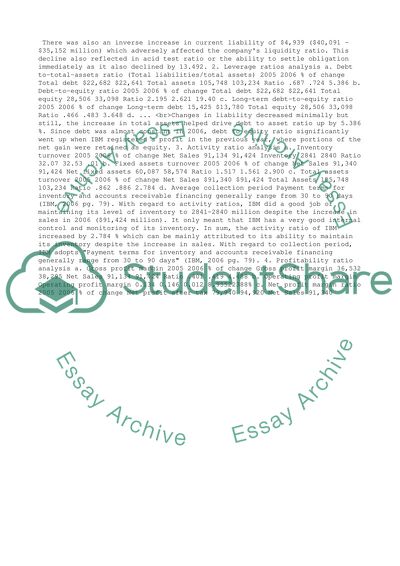Cite this document
(“Financial Ratios Analysis of IBM 2005-2006 Case Study”, n.d.)
Retrieved from https://studentshare.org/business/1458025-financial-ratios-analysis-of-ibm
Retrieved from https://studentshare.org/business/1458025-financial-ratios-analysis-of-ibm
(Financial Ratios Analysis of IBM 2005-2006 Case Study)
https://studentshare.org/business/1458025-financial-ratios-analysis-of-ibm.
https://studentshare.org/business/1458025-financial-ratios-analysis-of-ibm.
“Financial Ratios Analysis of IBM 2005-2006 Case Study”, n.d. https://studentshare.org/business/1458025-financial-ratios-analysis-of-ibm.


